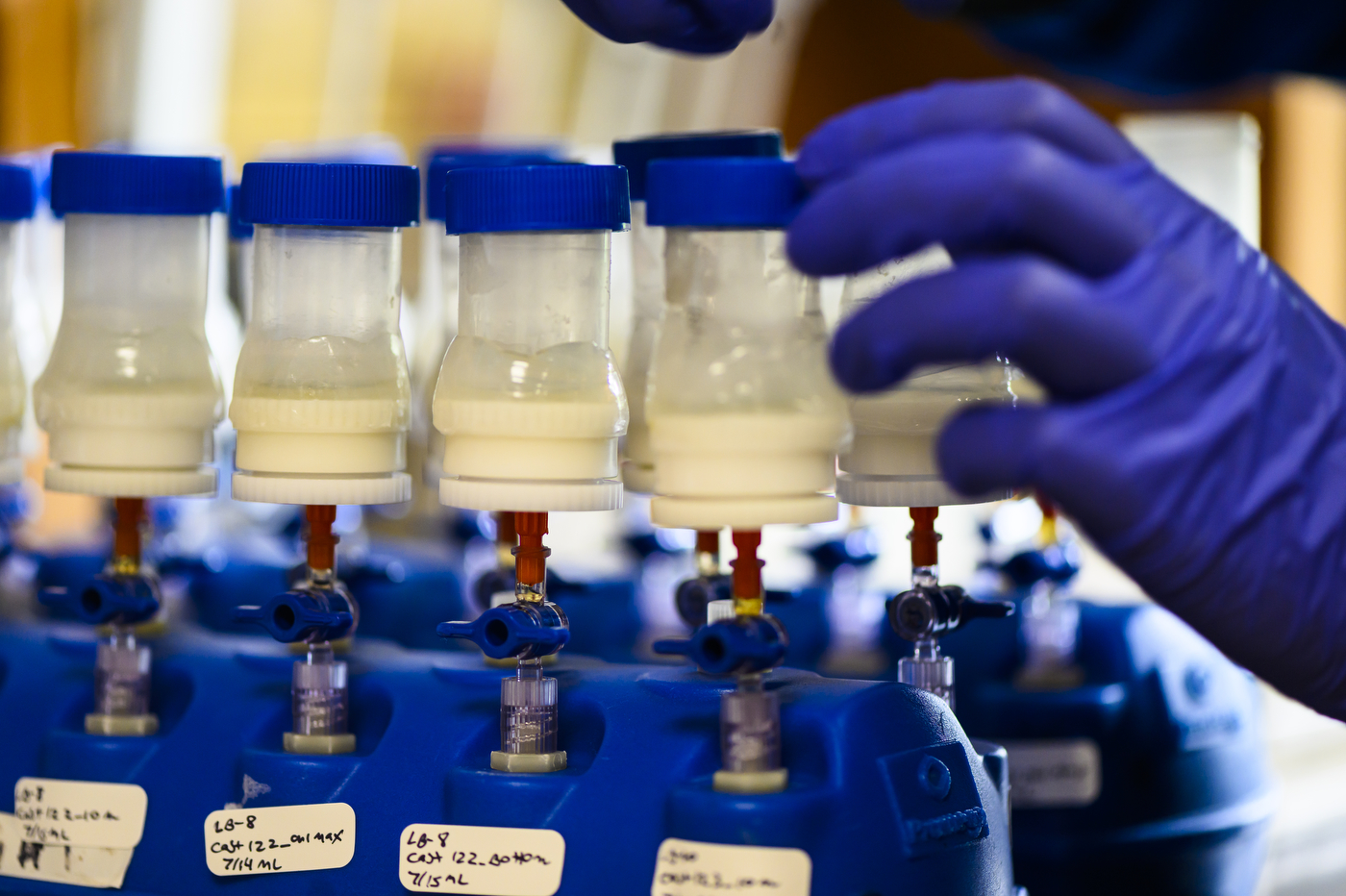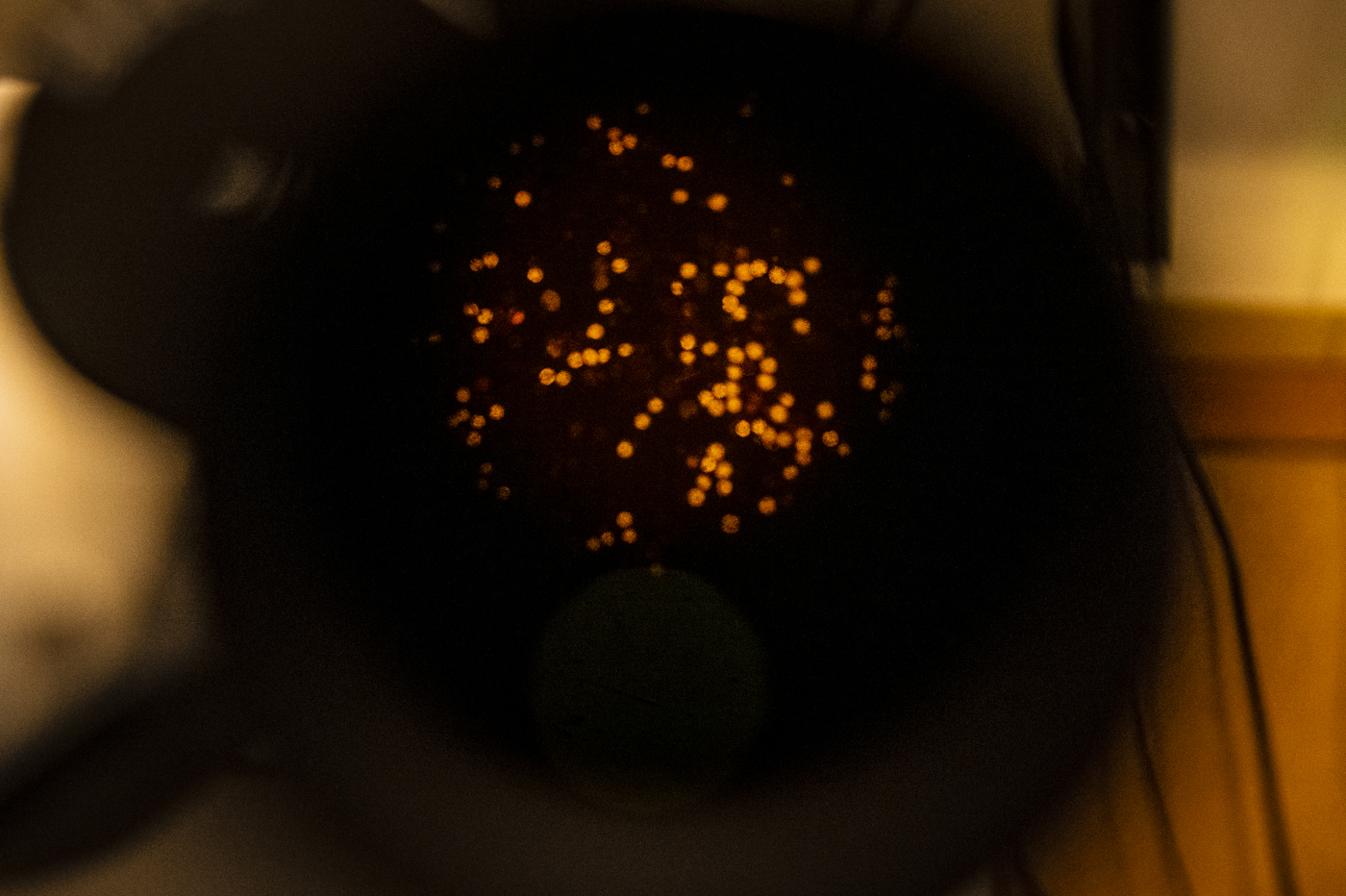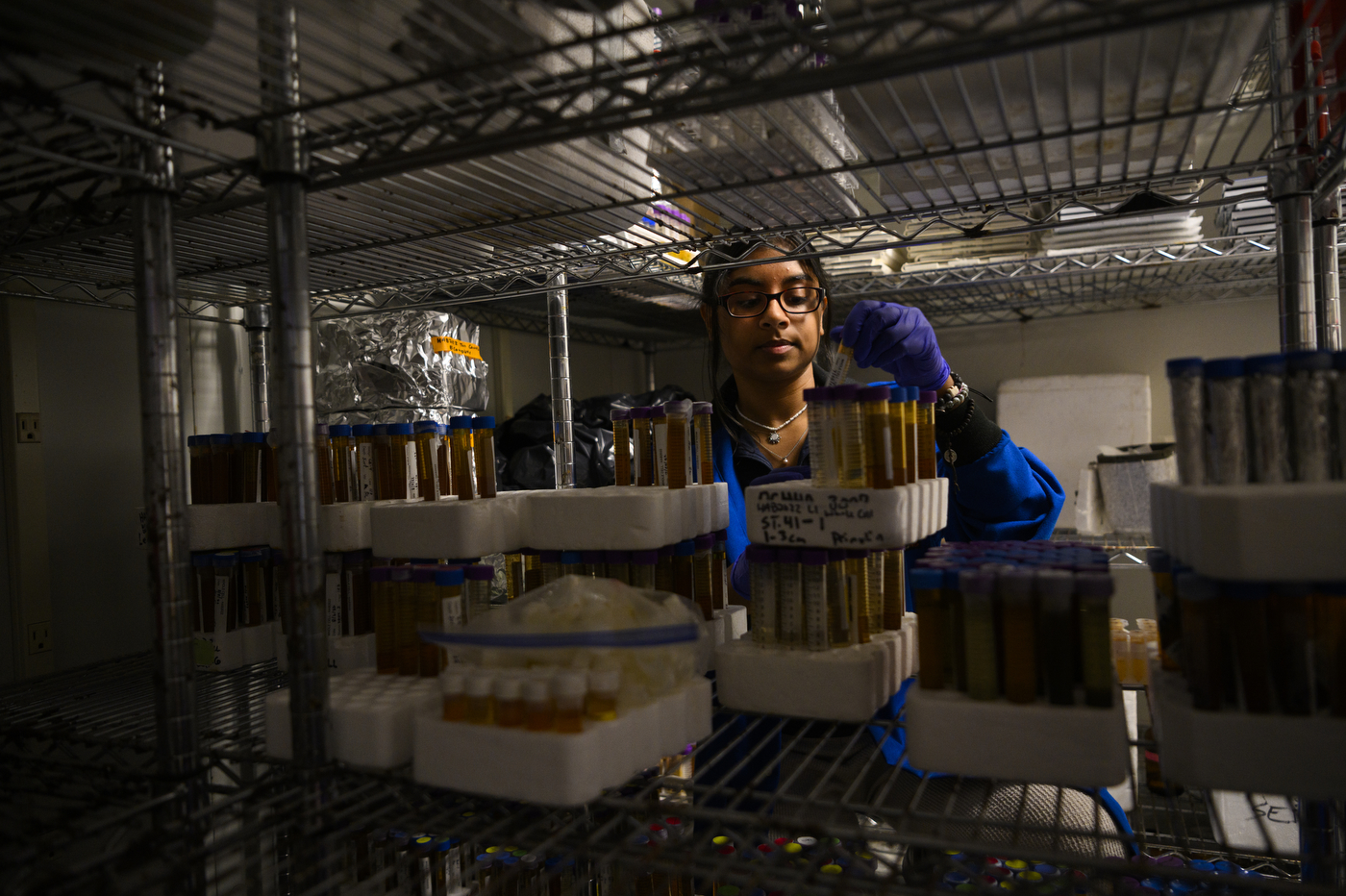Behind the Scenes:
Day in the Life of a HAB Research Assistant
Anushka Rajagopalan
1/30/23
Studying Harmful Algal Blooms (HABs) is becoming an increasingly well-known area of science. Various scientists are conducting experiments in algal trends, species interactions, general monitoring of blooms and more. People who are interested in studying HABs may also be curious about what happens behind the research papers, educational videos and textbook lessons and ask: what really happens day to day for a scientist?
This blog highlights the tasks and work that I, a HAB research assistant, perform in a day.
My role in this laboratory is studying the population dynamics and toxicity of one HAB species. Specifically, I analyze water and sediment samples collected in Alaskan Arctic waters for Alexandrium catenella cells and to observe if specific environmental variables impact bloom severity. This work contributes to research in long-term bloom monitoring. The work described is a part of the Donald Anderson Laboratory at the Woods Hole Oceanographic Institution.
Mornings (9 am – 12 pm)
When I come into work, I usually start by checking my emails and planning out tasks for the day. Most likely, I’ll be processing A. catenella water samples using the Fluorescent in situ Hybridization (FISH) method. This is a protocol that filters water samples and stains A. catenella cells so that they can be counted through fluorescent microscopy.

Filtration system where FISH Method occurs, 14 filter cups with samples inside. Photo Credit: Alyssa Stone, Northeastern University
Part of this process involves a one-hour long incubation period. So, while I’m waiting, I perform other computer tasks like data input or analysis. For example, I use python scripts to generate statistics and different kinds of plots to showcase existing data.
After the incubation period is when I can prepare each sample to be placed on microscope slides for future counting. This usually takes me until lunch!
Early Afternoon (1 pm – 3 pm)
If any other lab members need help with their own projects, this is the time I usually take to help them. Examples of these tasks include culture transferring, dissecting shellfish, HAB event planning or any general meetings! Afterwards, I’ll start counting processed A. catenella samples using a fluorescent microscope and enter my counts into Excel.
Sometimes, a lot of microscope time means your eyes can get a bit strained. To break it up, I try to squeeze in a bit more data analysis and any potential write-ups – this keeps my eyes happy.

A. catenella cells under fluorescent microscopy. Photo credit: Alyssa Stone, Northeastern University
Late Afternoon (3 pm – 5pm)
A coffee break is always necessary to get me going through the day! I try to limit myself to 2-3 times a week though, so I don’t spend all my money.
Afterwards, I make sure to clean any lab equipment used for the day. I also organize any samples for future processing that I may do the next day!
If I still have a little bit of time before work ends, I’ll resume counting A. catenella cells from the morning. This is usually a good thing to do by the end of the day if I need to fill some time.

Organizing A. catenella samples in a 4°C fridge. Photo credit: Alyssa Stone, Northeastern University
Sourced from article https://news.northeastern.edu/2023/05/23/toxic-algae-alaska-deadly-shellfish/
Done for the day!
Each role in a laboratory can vary in tasks based on experience, knowledge, and projects. However, it can be fun to see a general schedule of the day-to-day life of a researcher. Hopefully, this blog can be helpful in shedding a little light on what it means to work in HAB science!